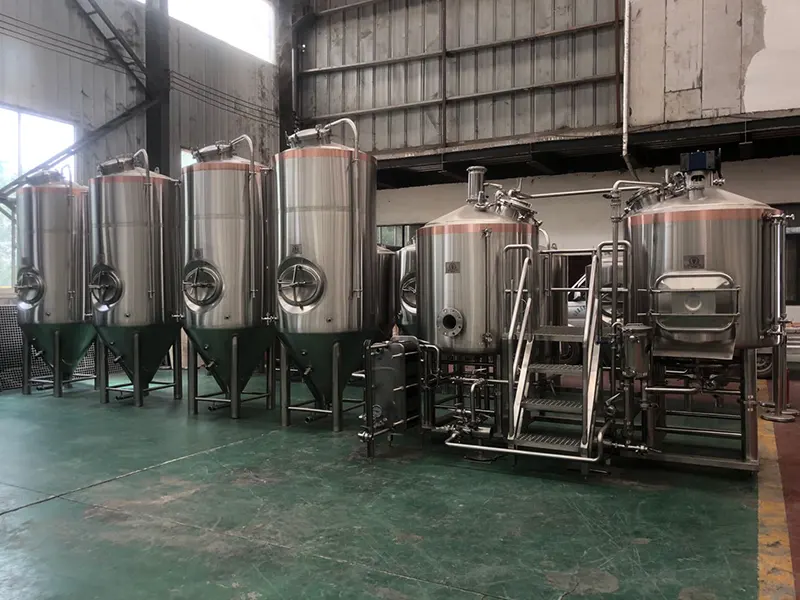Electric brewing equipment has become increasingly popular among homebrewers and microbreweries looking to automate and control the beer production process. This guide provides a detailed overview of the various types of electric brewing systems available, their key features and specifications, guidance on selection and purchasing considerations, operating procedures, maintenance best practices, and more.
Overview of Electric Brewing Equipment
For homebrewers seeking precision, convenience, and consistency, electric brewing equipment offers a powerful and versatile solution. Ditch the open flames and embrace the controlled heat of electricity, unlocking a new level of brewing finesse.
Imagine this: precise temperature control throughout the mashing process, ensuring optimal enzyme activity for perfect flavor development. No more babysitting the boil, as your electric system meticulously maintains the heat for flawless hop utilization. Gone are the days of singed pots and uneven heating – electric brewing delivers a clean, efficient, and controlled experience.
But what exactly does “electric brewing equipment” encompass? The options range from individual components like heating elements and temperature controllers to all-in-one systems that streamline the entire brewing process.
For the DIY enthusiast, building your own setup allows for ultimate customization. Choose an element for your kettle, pair it with a precise controller, and voila! You’re in control. For added convenience, pumps can automate lautering and transfers, while whirlpool arms create ideal hop utilization during the boil.
For a more plug-and-play approach, all-in-one systems like the Grainfather G40 or the Robobrew BrewZilla offer pre-configured setups with integrated heating, mashing, and boiling functions. Perfect for beginners or those short on space, these systems make brewing a breeze.
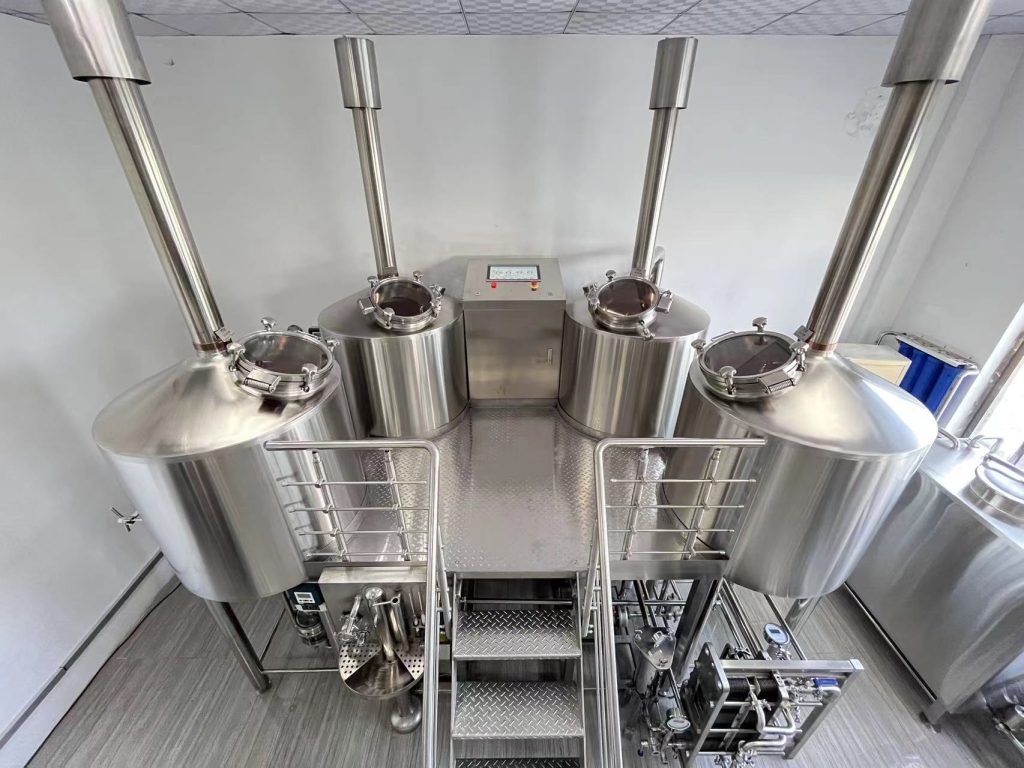
Types of Electric Brewing Systems
Detailed explanation of Electric Brewing Systems
For homebrewers seeking to escape the limitations of stovetop brewing, electric brewing systems offer a tantalizing world of possibilities. These self-contained marvels automate much of the brewing process, leading to more consistent results, greater control, and ultimately, better beer. But with a spectrum of systems available, navigating the options can feel overwhelming. Let’s embark on a guided tour, exploring the different types of electric brewing systems and uncovering the one that perfectly suits your brewing aspirations.
All-in-One Wonders: Simplifying the Brew Day
For beginners and space-conscious brewers, all-in-one systems reign supreme. These compact units combine kettles, mash tuns, and sometimes even fermenters into a single vessel. Often equipped with digital controllers, they automate heating, mashing, and boiling, simplifying the brewing process and minimizing cleanup. Popular choices include the Grainfather G40 and the Robobrew BrewZilla, offering capacities suitable for both small and medium-batch brewing.
Modular Flexibility: Building Your Dream Setup
For brewers seeking customization and expandability, modular systems provide a treasure trove of options. Individual components like kettles, mash tuns, and controllers can be mixed and matched to create a setup tailored to your specific needs and brewing style. Blichmann Engineering and Spike Brewing are renowned names in this arena, offering high-quality components that can be configured to your heart’s content.
Beyond the Boil: Stepping into Advanced Brewing
For experienced brewers pushing the boundaries of flavor and experimentation, advanced systems offer unparalleled control and functionality. These often feature robust features like built-in pumps, recirculation capabilities, and even integrated HERMS (Heat Exchange Recirculation Mash System) for precise temperature control. Systems like the Grainfather G70 and the Spike Brutus allow brewers to delve into complex brewing techniques and create truly unique beers.
Choosing Your Brewing Companion: Considerations for Every Brewer
Before taking the plunge, consider your brewing goals, budget, and available space. All-in-one systems are ideal for beginners and tight spaces, while modular systems offer flexibility and expandability. Advanced systems cater to experienced brewers seeking ultimate control and complex brewing techniques.
Remember, beyond the type of system, key features like material (stainless steel vs. plastic), capacity, controller functionality, and ease of cleaning should be carefully considered. Online research, reading reviews, and engaging with brewing communities can provide valuable insights.
With the right knowledge and a dash of brewing passion, you can navigate the world of electric brewing systems and find the perfect companion to elevate your brewing journey. So, raise a glass to the wonders of electric brewing, and may your future batches be filled with flavor, consistency, and the joy of brewing on your own terms!
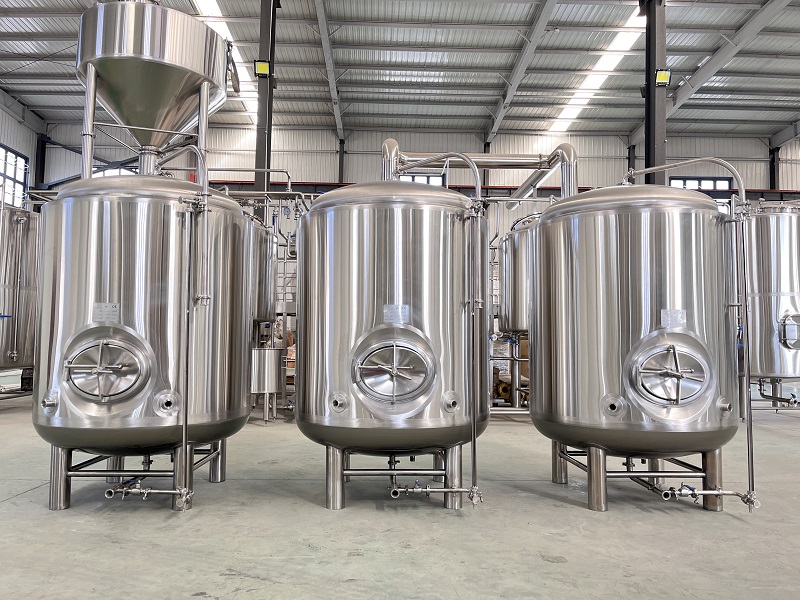
Table of Electric Brewing Systems‘Types
| Type | Description | Scale |
|---|---|---|
| All-In-One Brewing Systems | Fully automated, integrated units with built-in heating and controls. All processing vessels in one unit. | Homebrew, Nano |
| Electric Brew Kettles | Heated kettles standalone or part of modular custom systems | Nano, Micro |
| Electric Heat Sources | Heating elements to convert manual systems | All scales |
| Automated Control Systems | Programmable controllers to add automation | All scales |
| Conical Fermenters | Electric temperature controlled stainless conicals | Micro, Pub |
All-in-one electric brewing systems provide an easy set and forget way to move into electric brewing, while DIY builds with individual components allow advanced configurations. Brewers may start small with a basic setup and expand incrementally over time.
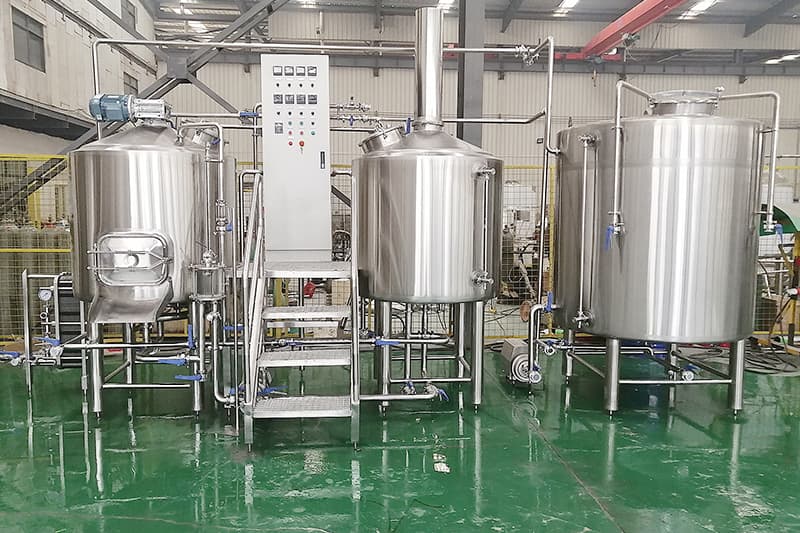
Electric Brewing Equipment Buying Guide
how to buy electric brewing equipment
For homebrewers yearning to graduate from stovetop limitations, electric brewing equipment opens a universe of possibilities. These automated marvels promise consistent results, greater control, and ultimately, delicious beer. But embarking on this electric odyssey can feel like navigating a labyrinth of kettles, controllers, and jargon. Fear not, intrepid brewer! This guide will illuminate the path, helping you choose the perfect equipment to ignite your brewing journey.
Know Yourself, Know Your Brew:
Before diving in, take a moment of self-reflection. Are you a casual hobbyist, a passionate experimenter, or an aspiring brewmaster? Your brewing goals and frequency will significantly impact your equipment needs. A casual brewer might prioritize affordability and simplicity, while a serious one might seek advanced features like temperature control and multi-step capabilities.
Charting the Course: Exploring System Types:
Electric brewing systems come in three main configurations, each catering to different brewing styles and preferences:
- All-in-One Wonders: Perfect for beginners and space-conscious brewers, these compact units integrate kettles, mash tuns, and sometimes even fermenters into a single vessel. Think Grainfather G40 or Robobrew BrewZilla: easy to use, ideal for smaller batches.
- Modular Flexibility: For brewers seeking customization and expandability, modular systems offer a buffet of options. Mix and match kettles, mash tuns, and controllers to create a setup tailored to your brewing desires. Spike Brewing and Blichmann Engineering are renowned players, offering high-quality components for personalized brewing adventures.
- Advanced Powerhouses: Experienced brewers pushing flavor boundaries will find solace in advanced systems. Imagine the Grainfather G70 or Spike Brutus, boasting built-in pumps, recirculation, and even HERMS (Heat Exchange Recirculation Mash System) for ultimate temperature control. These are the Ferraris of homebrewing, ideal for complex techniques and unique flavor explorations.
Beyond the System: Key Considerations for Every Brewer:
Remember, the system is just the beginning. Here are some crucial factors to ponder:
- Material Matters: Stainless steel offers durability and ease of cleaning, while plastic is often more affordable but requires extra care.
- Capacity Counts: Choose a system size that aligns with your typical batch volumes and leaves room for future growth.
- Control is King: Opt for a controller that offers the features you need, from basic temperature management to multi-step automation.
- Cleaning Concerns: Consider the system’s cleaning requirements and prioritize equipment that facilitates easy sanitation.
Brewing Buddies: Research and Community are Your Allies:
Don’t embark on this journey alone! Leverage the wealth of online resources:
- Read reviews: Gain insights from experienced brewers who have tested the equipment you’re considering.
- Join online communities: Immerse yourself in forums and groups where brewers share knowledge, troubleshooting tips, and recommendations.
- Seek expert advice: Don’t hesitate to contact retailers or manufacturers with specific questions.
Beyond the Purchase: Brewing Bliss Awaits:
Remember, buying the equipment is just the first step. Embrace the learning process, experiment with different recipes, and most importantly, have fun! With the right knowledge and chosen companions, your electric brewing journey will be filled with deliciousness, exploration, and the joy of crafting your own perfect brew. So, raise a glass to the spark of electric brewing, and may your future batches be brimming with hoppy satisfaction!

Electric Brewing Equipment Buying Considerations
| Parameter | Details |
|---|---|
| Batch Size | Match system capacity to batch volume goals |
| Power Rating | Ensure adequate power for heating elements |
| Configurability | Flexibility for recipes and expansion |
| Programmability | Parameters to control digitally |
| Degree of Automation | Level of manual tasks required |
| Space Requirements | Dimensions, layout, ergonomics |
| Budget | Affordability within cost constraints |
| Lead Times | Timelines for fulfillment if made to order |
It is important to think through these factors before investing in electric brewing equipment. Planning expansion capability upfront can help avoid costly upgrades later. Consult with manufacturers to understand how their offerings can be best customized to your needs.
Electric Brewing Equipment Suppliers and Pricing
There is a wide range of electric brewing equipment suppliers catering from DIY homebrew systems to turnkey nano and microbrewery solutions.
Electric Brewing Equipment Suppliers and Price Ranges
| Supplier | Price Range | Offerings |
|---|---|---|
| Clawhammer Supply | $1600 – $4000 | All-in-one electric systems |
| High Gravity Brewing | $3000 – $15000 | All-in-one, kettles, controls |
| Spike Brewing | $500 – $4000 | Kettles, fermenters, accessories |
| Ss Brewtech | $1500 – $10000 | Kettles, conicals, accessories |
| Blichmann Engineering | $600 – $3000 | Kettles, accessories |
| Anvil Brewing | $350 – $1500 | Kettles, fermenters, accessories |
Pricing can range from a few hundred dollars for electric elements to add to an existing system, to over $10,000+ for fully automated commercial grade equipment. As batch sizes increase, so does system complexity and costs. Get quotes from multiple vendors once requirements are clear.

How Electric Brewing Equipment Works
While individual components and configurations may vary, all electric brewing equipment uses automated heating and monitoring to precisely control key brewing parameters.
The Electric Brewing Process
Beer production involves moving through different process steps at set temperatures and durations before fermentation and conditioning. Electric heating elements and digital controllers allow close management of key metrics.
Overview of the Electric Brewing Process
| Stage | Function | Temperature | Duration |
|---|---|---|---|
| Mashing | Enzyme conversion of malt starches | 148-158°F | 60-90 minutes |
| Lautering | Separation of sweet wort | 168-170°F | 60-90 minutes |
| Boiling | Extract hop oils, proteins | 210-212°F | 60-90 minutes |
| Whirlpool | Trub separation | 190-200°F | 10-20 minutes |
| Fermentation | Yeast alcohol conversion | 64-72°F | 1-4 weeks |
| Conditioning | Clarification, carbonation | 32-50°F | 1-6 months |
Electric heating maintains mash temperatures for starch conversion, boil wort to extract hop flavors, and control fermentation temperature for clean yeast profiles. Brewers can either manually trigger temperature setpoints or program automated sequences for each stage.
Beyond analog thermostats, advanced systems use PID algorithms to minimize overshoot. Wireless connectivity allows remote system control and monitoring.
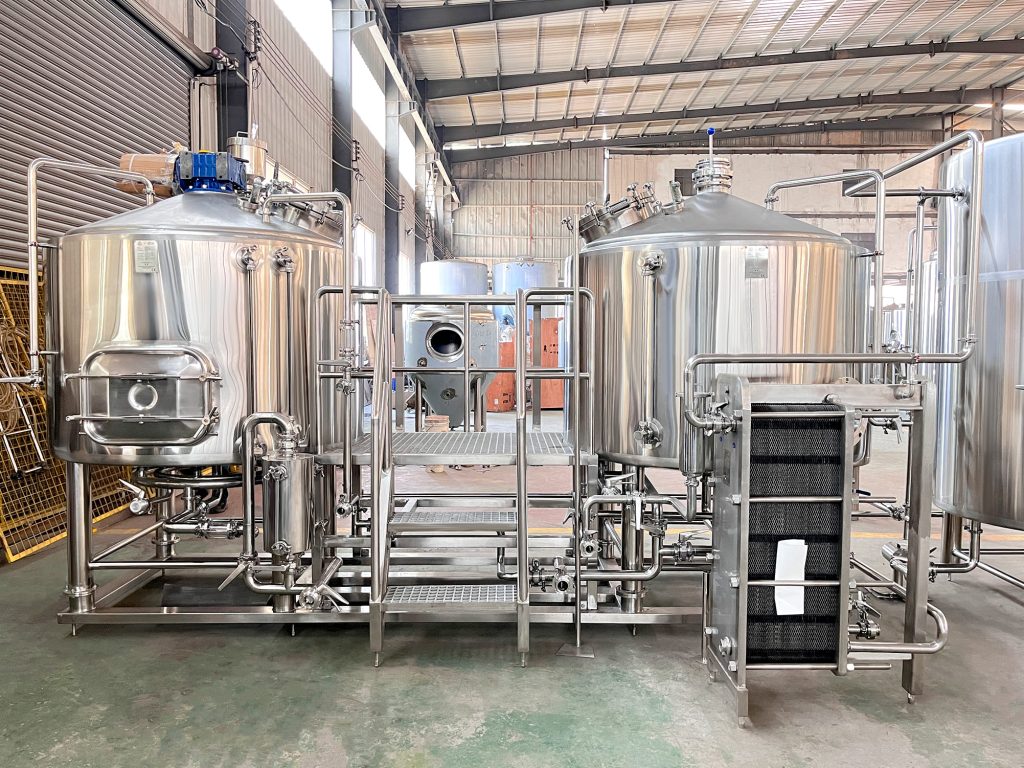
Customization and Expansion
An appealing aspect of electric brewing equipment is the ability to customize and expand systems over time by mixing and matching modular components.
Electric Brewing Equipment Customization Parameters
| Dimension | Options |
|---|---|
| Batch Sizes | 1-100+ BBL capacities |
| Power Ratings | 120V-480V configurations |
| Number of Vessels | Single kettles to 4-vessel systems |
| Heating Elements | Size and watt densities |
| Pumping Solutions | Gravity, manual, electric |
| Control Interfaces | Basic thermostats to touchscreens |
| Monitoring | Gauges to wireless cloud telemetry |
| Additional Hardware | Chillers, filters, CIP, etc. |
| Fabrication Material | Stainless steel, copper alloys |
By selecting components like kettles, heating elements, pumps and control systems separately, unique systems can be assembled from the 100+ electric brewing equipment manufacturers serving the market.
Standard vessel dimensions follow home and commercial brewing norms, allowing mixing of parts from different suppliers. Despite de facto interoperability, reputable manufacturers should be consulted to ensure component compatibility and safety.
Selecting and Buying Commercial Electric Brewing Equipment
For brewpub or production scale electric brewing equipment, stainless steel fabricated vessels paired with commercial grade heating elements and automated control systems make up typical builds.
Here are key steps in the selection and buying process:
Commercial Electric Brewing Equipment Buying Process
| Step | Guidance |
|---|---|
| 1. Determine production requirements | Batch sizes, annual volume, peak capacity |
| 2. Create brewery floorplan and layout | Available space, service access, workflow |
| 3. Define electric requirements | Power rating, phases, voltage, amps |
| 4. Research equipment options | Vessels, heating, automation, other hardware |
| 5. Evaluate vendors and quotes | Capability, experience, configurations, pricing |
| 6. Select vendor and place order | Payment terms, timelines, inspection, delivery etc. |
| 7. Installation and commissioning | Electricals, plumbing, control configuration, test batch |
Since commercial systems involve large investments and long lead times, aligning on specifications between owners, engineers and equipment vendors is important before procurement. Commissioning is also a critical phase to validate integrated system performance at scale after delivery.
While there are standard sizing norms for equipment capacity relative to annual brewing volume, the overall solution should be purpose-built based on the available facilities. An experienced system integrator or brewery engineering consultant can advise on appropriately specifying and integrating the optimal equipment package for new or expanding breweries.
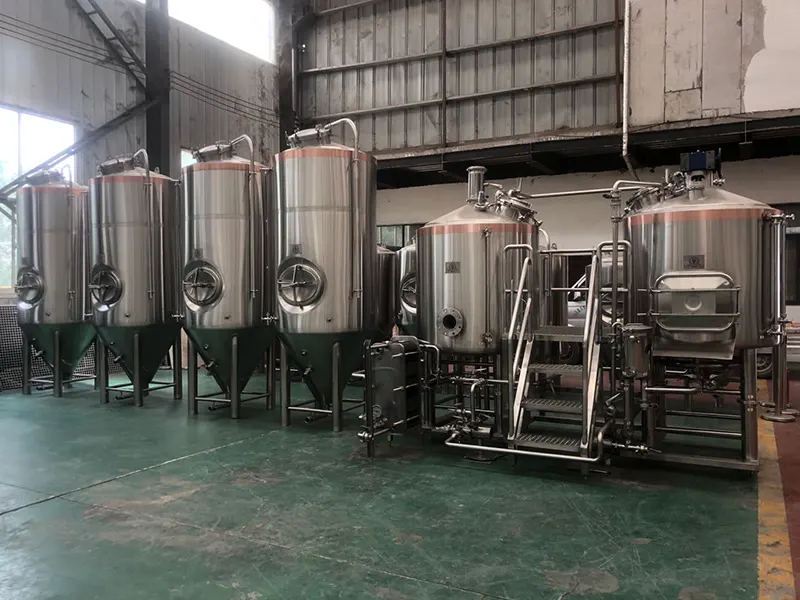
Operating and Maintaining Electric Brewing Systems
To sustain consistent production and beer quality over the long term, electric brewing equipment must be properly operated and maintained.
Electric Brewing Equipment Operation
Day to day operation primarily involves loading raw materials into batches, monitoring status, transferring liquids between vessels via pumps or gravity, and cleaning equipment between use.
Electric Brewing Equipment Operating Procedures
| Procedure | Overview |
|---|---|
| Charge Batch | Add water and raw materials into the mash tun to start a new batch |
| Monitor Batch | Check temperatures, timers and readings against the recipe profiles at each stage |
| Transfer Wort/Beer | Pump or gravity flow liquids between vessels at various points |
| Clean Vessels | Clean using clean-in-place (CIP) automated circulation of detergents |
| Adjust Recipes | Update the automated recipe profiles for mash, boil, fermentation as needed |
| Review Logs | Identify any abnormalities or opportunities in the historical record archives |
| Validate Readings | Correlate digital system readings with analog gauge measurements |
| Calibrate Sensors | Ensure temperature, pressure and other sensors measure parameters accurately |
Electric Brewing Equipment Maintenance
An effective maintenance program is essential for longevity, performance, safety and batch consistency.
Table 8: Electric Brewing Equipment Maintenance Best Practices
| Area | Upkeep Activities | Frequency |
|---|---|---|
| Electrical | Inspect cords, panels, wiring for damage | Monthly |
| Heating Elements | Descale calcium/lime deposits | Quarterly |
| Sensors | Check calibration timing | Annual |
| Motors | Lubricate pumps, agitators | 500 hr |
| Valves and seals | De-energize actuators, lubricate | 1000 hr |
| Filters | Backflush chiller, oxidation membranes | 30 days |
| Hardware | Fasteners, gaskets, fittings | Annual |
| Automation | Update firmware, backup configs | As needed |
Both periodic preventative maintenance and break-fix troubleshooting may require professional service support beyond routine cleaning and operations.
Service contracts with equipment OEMs or system integrators provide value for commercial breweries. Homebrewers can handle basic upkeep activities with kits and manuals from their electric system suppliers.
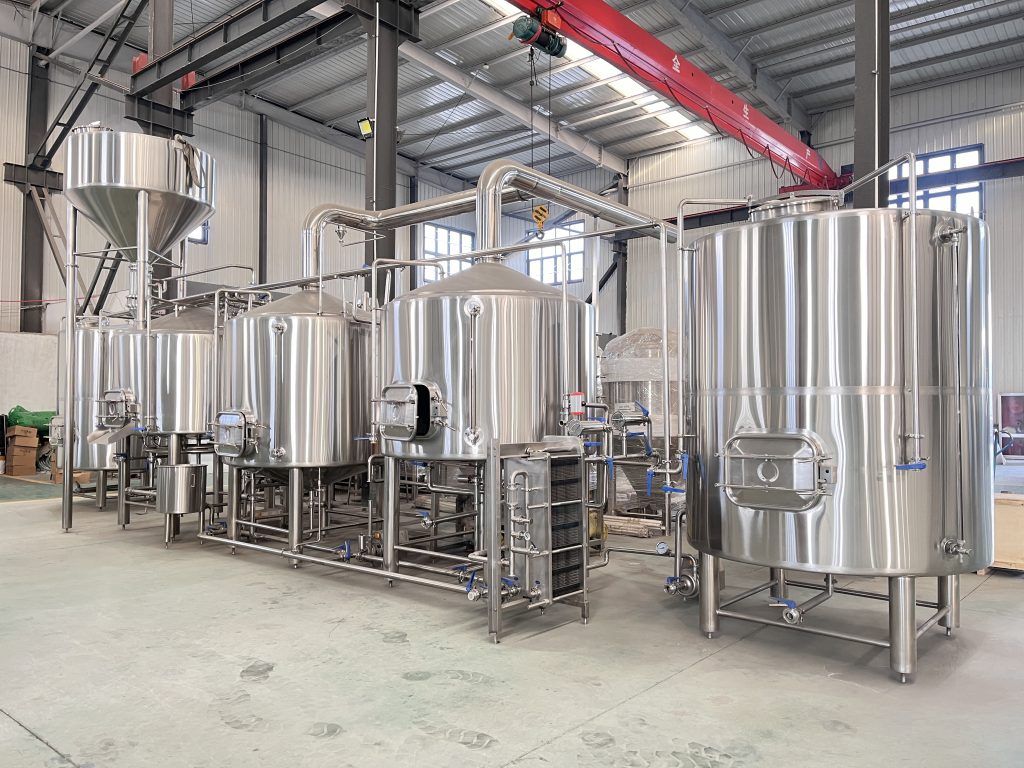
Selecting Between Electric and Gas Brewing Systems
Both electric and gas heating offer certain advantages for brewing equipment. Determining the optimal energy source depends on cost, availability, control requirements and safety considerations.
Comparing Electric and Gas Heating for Brewing
| Parameter | Electric | Gas |
|---|---|---|
| Upfront Costs | Lower equipment expense | Higher upfront investment |
| Operating Costs | Higher energy cost | Lower energy cost in most markets |
| Energy Efficiency | 90% efficient | 98% combustion efficient |
| Installation | Wiring circuits and panels | Gas pipelines, exhaust flues |
| Control Precision | Consistent, adjustable, quick response | Temperature fluctuations |
| Automation | Integrates well with programmable controllers | Relays needed to control burners |
| Maintenance | Element descaling, motor upkeep | Annual inspections and tuning |
| Safety | Electrical standards | Gas leak monitoring, ventilation |
For highest precision and automation, electric systems may be preferable despite higher ongoing energy costs in some regions. Both technologies can produce excellent quality beer when implemented properly.
FAQ
Q: What size electric brewing system do I need?
A: Size your primary brewing vessel and heating elements approximately 25-30% larger than your target batch size to allow for foam formation and avoid boilovers. Factor in any plans to scale up.
Q: Can I upgrade my current brewing equipment with electric heating?
A: Yes, retrofitting manual setups is common. Consider replacing direct fire kettles with equivalently sized electric kettles or installing heating elements into existing vessels.
Q: What electrical requirements should I plan for?
A: Homebrew systems may run on standard 120V household current while 1-7 BBL commercial units often require 220V, 30 amp circuits. Consult equipment manufactures for specifics on each system.
Q: Is automated electric better than manual control?
A: Automation ensures repeatability between batches which may outweigh the simplicity of manual systems for some brewers. Modules can be added over time.
Q: How often should sensors be calibrated?
A: Annual calibration ensures accuracy between digital controllers and analog thermometers or pressure gauges. Replace pH probes every 1-2 years.
Q: Should I DIY or buy complete electric systems?
A: Turnkey all-electric setups simplify getting started quickly but lose flexibility compared to modular builds mixing kettle, heating and automation components.

